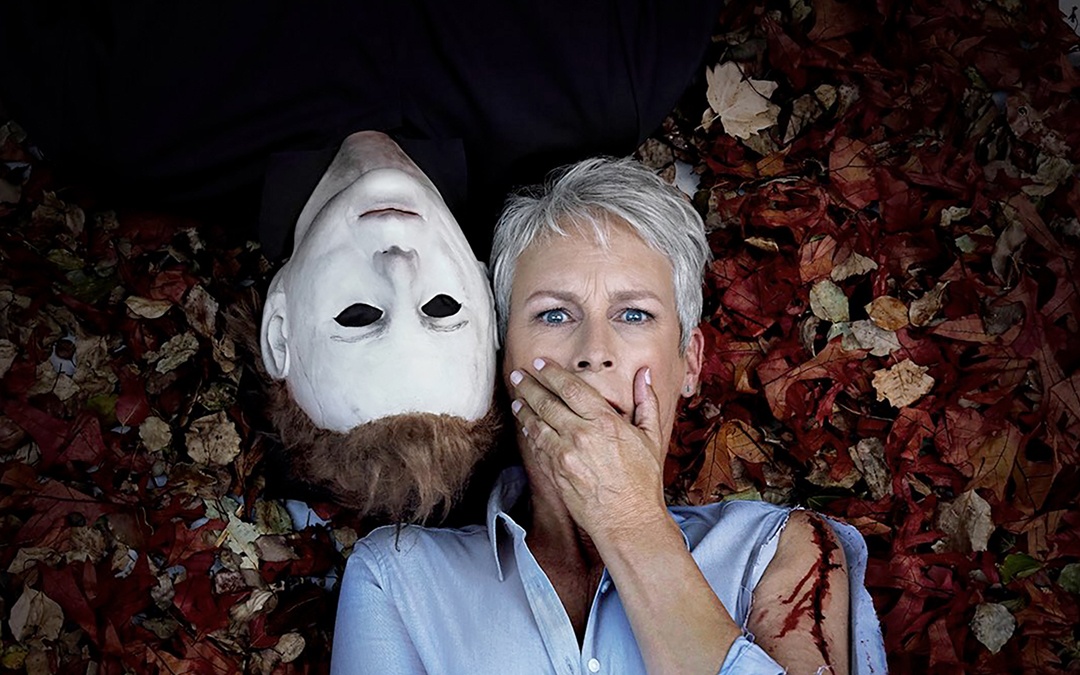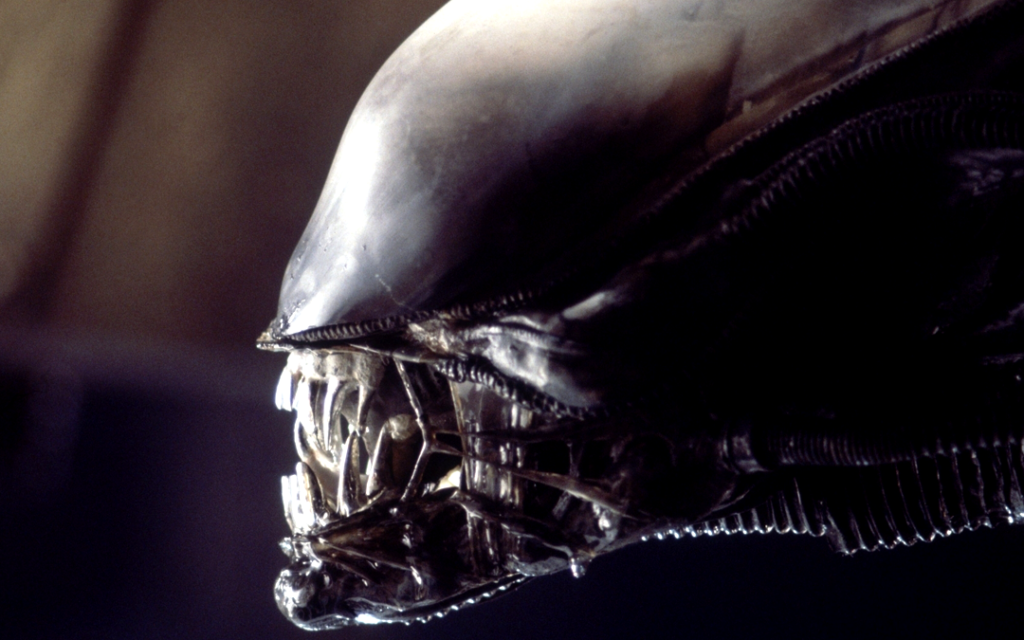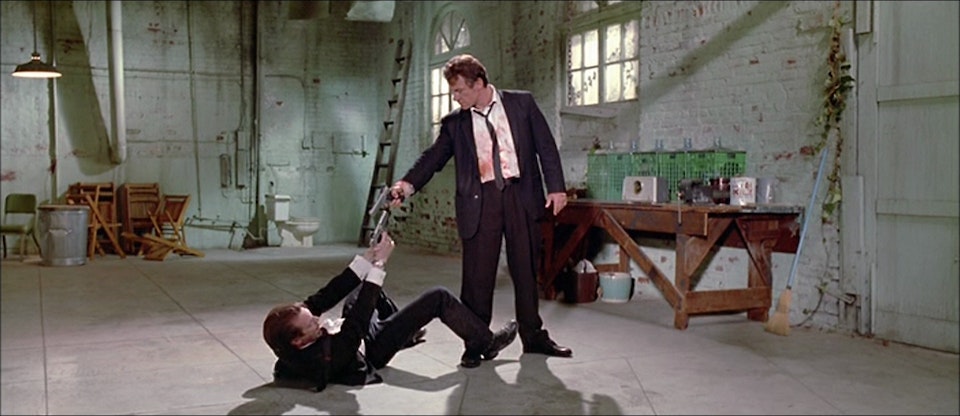Screenwriting Role Models: John Carpenter & Debra Hill
September 25, 2024
Many horror fans associate the name John Carpenter with the Halloween franchise and are well aware of his numerous duties on his classic films as a director, screenwriter, music composer and producer.
However, less might be familiar with his former writing and producing partner, Debra Hill, who co-wrote and co-produced the first two Halloween films (1978 and 1981 respectively) and The Fog (1980). In addition, she co-produced Escape From New York (1981) and Halloween III: Season of the Witch (1982).
The Halloween series is arguably the most popular horror film franchise of all time. Despite the last installment being titled Halloween Ends (2022), it’s surely not the end. The franchise getting rebooted and Michael Myers once again returning to screens is as inevitable as future James Bond or Batman films.
And it’s because of the creative collaboration between Carpenter and Hill we have Michael Myers, Laurie Strode and the ill-fated town of Haddonfield.
A Great Team in the Making
The fictional setting for most of the Halloween films is itself inspired by Debra Hill’s birthplace of Haddonfield, New Jersey. In 1975, Hill launched her film career working as a production assistant on adventure documentaries and eventually worked as a script supervisor, assistant director and second unit director.
One year prior to Hill becoming a production assistant, in 1974 John Carpenter had directed his first feature film: the Sci-Fi comedy Dark Star (co-written by future Alien screenwriter Dan O’Bannon). The film never surpassed cult status, but it gave Carpenter a reputation for being able to make an inventive genre film on a low budget.
His next film, the action-thriller Assault on Precinct 13 (1976), not only showed Carpenter’s growing prowess as a low-budget filmmaker, but one who could wear many hats: he wrote and directed the film, composed and performed the film’s stark synthesizer score, and also edited the film utilizing the pseudonym of John T. Chance (an homage to the film’s primary inspiration, Rio Bravo).
Assault on Precinct 13 is also how he met his soon-to-be collaborator Debra Hill. Shot in 1975 in Los Angeles, Hill was a script supervisor and assistant editor on the film, and the two began a relationship.
The Babysitter Murders
Carpenter and Hill were a couple when independent film producers Irwin Yablans and Moustapha Akkad approached Carpenter to write and direct a low-budget horror film involving a psycho killer stalking babysitters. Carpenter agreed to do it, but only if he had full creative control. Yablans and Akkad gave it to him and Carpenter wrote the screenplay with Hill — who Carpenter also brought on board as a producer — and by some accounts, they knocked out the script in 10 days (according to Hill it took “three weeks”).
Taking inspiration from not only Yablans and Akkad’s log-line, but from the films Psycho (1960) and Black Christmas (1974), Carpenter and Hill wrote a classic horror film and created arguably the most popular slasher character (Michael Myers) and “Final Girl” (Laurie Strode) in film history. According to Hill, Carpenter and her also took some thematic inspiration from the Celtic festival of Samhain (not mentioned in the first film, but referenced in the second one):
“…the idea was that you couldn't kill evil, and that was how we came about the story. We went back to the old idea of Samhain, that Halloween was the night where all the souls are let out to wreak havoc on the living, and then came up with the story about the most evil kid who ever lived. And when John came up with this fable of a town with a dark secret of someone who once lived there, and now that evil has come back, that's what made Halloween work.”
Hill had also worked as a babysitter and wrote the majority of the female characters’ dialogue in the script, which gave it an authentic touch and made Laurie and her friends sound like real teenage girls rather than one-note stock characters.
Carpenter focussed on Doctor Loomis’ speeches and the Michael Myers mythology. Carpenter and Hill’s division of labor and maximizing their strengths as writers, led to an extremely well-rounded script in which Carpenter’s flair for the theatric is perfectly offset by Hill’s grounded humanism.
The names of the characters and locations mainly derived from real-life people and places in Carpenter and Hill’s lives or were movie allusions. For example, Sheriff Leigh Bracket — although a male character — was named after the legendary female screenwriter that co-wrote Rio Bravo (Carpenter’s primary inspiration for Assault of Precinct 13).
The Night He Came Home
When released in 1978, Halloween not only had better-than-average reviews for a horror film, it was a smash hit with the public. After a highly profitable theatrical run, it became one of the top-grossing independent films of all time.
In addition to spawning a major film franchise that’s still on-going and successful today, Halloween is considered one of the greatest and most influential horror films ever made and it’s even preserved in the National Film Registry by the Library of Congress as being “culturally, historically, or aesthetically significant.”
Not bad for a script written in just a couple weeks.
In the wake of Halloween’s success, Carpenter and Hill ended their relationship but continued working together as writing and producing partners. 
A Run of Genre Classics
The next film Carpenter and Hill wrote together was another horror classic: The Fog (1980). One of the inspirations for the film dated back to when Carpenter and Hill were in England promoting Assault on Precinct 13 and had decided to visit Stonehenge and saw an eerie fog in the distance (Stonehenge also plays an important role in Halloween III: Season of the Witch).
Like with Halloween, The Fog showcases Carpenter and Hill’s respective strengths and features an engaging supernatural story populated with relatable, three-dimensional characters. The film was likewise profitable and is still beloved by many horror movie fans.
The next project they worked on was another Carpenter classic, Escape From New York (1981), although this time around Hill was just a producer on the film and not a co-writer.
The last script Carpenter and Hill wrote together was Halloween II (1981). Many of Carpenter and Hill’s strengths are once again on display with the first Halloween sequel and the only one to ever bring back the complete creative team from the original.
It’s also interesting to note that Carpenter and Hill were the first screenwriters that attempted to — spoiler alert — kill-off Michael Myers and give the story a definitive ending (the first film having an ambiguous and open ending). So essentially, Carpenter and Hill had written and produced their version of a Halloween Ends back in 1981.
They even went as far to reimagine the franchise as an anthology series not dependent upon Michael Myers (who, again, they had killed-off at the end of Halloween II). This resulted in Halloween III: Season of the Witch (1982), the only film in the series to break from the original’s formula and not include Michael Myers.
Centered on an alcoholic doctor trying to stop a modern-day Celtic cult from killing all the children in the world with cursed Halloween masks, the stand-alone sequel was a commercial disappointment when first released, but is a cult-loved film today. Carpenter and Hill didn’t officially write the script, but their fingerprints are all over the film as producers and storytellers: Halloween III featuring many of the characteristics of their other films.
The End of an Era
Halloween III sadly marked the end of the Carpenter/Hill run of the late 70s and early 80s. Not interested in resurrecting Michael Myers, the two parted ways professionally, but both would continue to make their mark in the film industry.
Carpenter would go on to write and direct classic horror and action films like The Thing (1982), Christine (1983), Big Trouble in Little China (1986), Prince of Darkness (1987) and They Live (1988).
Hill went on to produce several successful films, including The Dead Zone (1983), Adventures in Babysitting (1987), The Fisher King (1991) and the cult-loved Clue (1985). She also produced several short films for Walt Disney theme parks and would once again collaborate with Carpenter when she produced Escape from LA (1991). In 2003 Hill was honored by Women In Film with a Crystal Award.
Tragically, Hill lost a battle to cancer in 2005, but many of her movies — especially the films co-written by her — have stood the test of time and are still enjoyed by numerous people to this day.
After her passing, Carpenter said that working with Hill was "one of the greatest experiences of my life. She had a passion for not just movies about women or women's ideas but films for everybody."
Written by: Edwin Cannistraci
Edwin Cannistraci is a professional screenwriter. His comedy specs PIERRE PIERRE and O’GUNN both sold with more than one A-list actor and director attached. In addition, he’s successfully pitched feature scripts, TV pilots and has landed various assignment jobs for Universal, Warner Bros, Paramount and Disney.



